Sonata in C (score & parts) - 3BSN
Composer: Albeniz, Isaac
Publisher: TrevCo
Edition: 71447
$14.00
Sonata in C
for three bassoons
by Karol Oginski (1690-1716) - Polish composer
Sonata in C for Bassoon (ca. 1790?) Edited and arranged for Bassoon Trio by Trevor Cramer
The Ogiński name derives its heritage from a noble family of the Grand Duchy of Lithuania and Poland (later, the Polish–Lithuanian Commonwealth). As members of the Princely Houses of Poland, they originated from the Smolensk region, which was incorporated into the Grand Duchy of Lithuania in approximately the fourteenth century. The family bears its name from Uogintai (Polish: Oginty, in present day Kaišiadorys district of Lithuania), a major estate of the family in Lithuania that was granted to a precursor of the family, Knyaz Dmitry Hlushonok (d. 1510), by the Grand Duke of Lithuania Alexander in 1486.
An important family in the Grand Duchy of Lithuania, the family had produced many important officials of the state, as well as several notable musicians. This Sonata in C for Bassoon with the accompaniment of Basso is by Karol (sic Carlo) Ogiński. In the family history a Karol Ogiński can be found, dated 1690-1716. However, as noted with the ms as posted at IMSLP, the date of composition is estimated to be 1790, which would bring into doubt the authorship by the earlier Ogiński. Additionally, stylistically it would seem to have been composed later than the early 18th C. Unfortunately, no information about a later Karol Ogiński could be found.
The ms clearly indicates a bravura principal bassoon solo line and three separate parts for the first movement. However, the 2nd and 3rd movements, for the most, only indicate two voices. In such cases, as required, the editor has provided a 3rd voice to complete all three movements for bassoon trio. Notation has been updated to current standards. However, as with the ms, which has no dynamic indications, none have been added. Likewise, articulations reflect only those found in the ms with a few exceptions, as noted editorially.

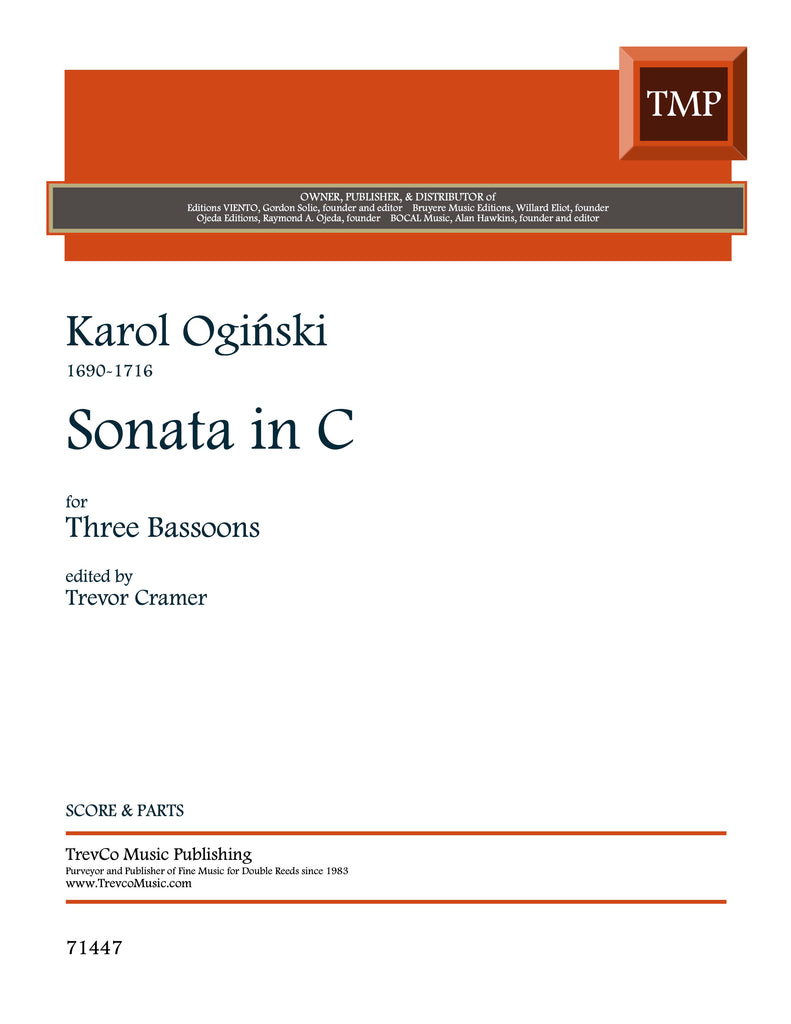
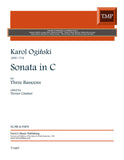
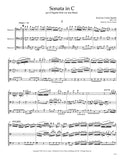
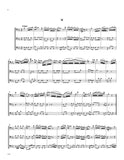
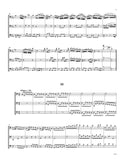
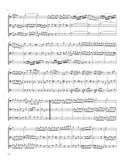
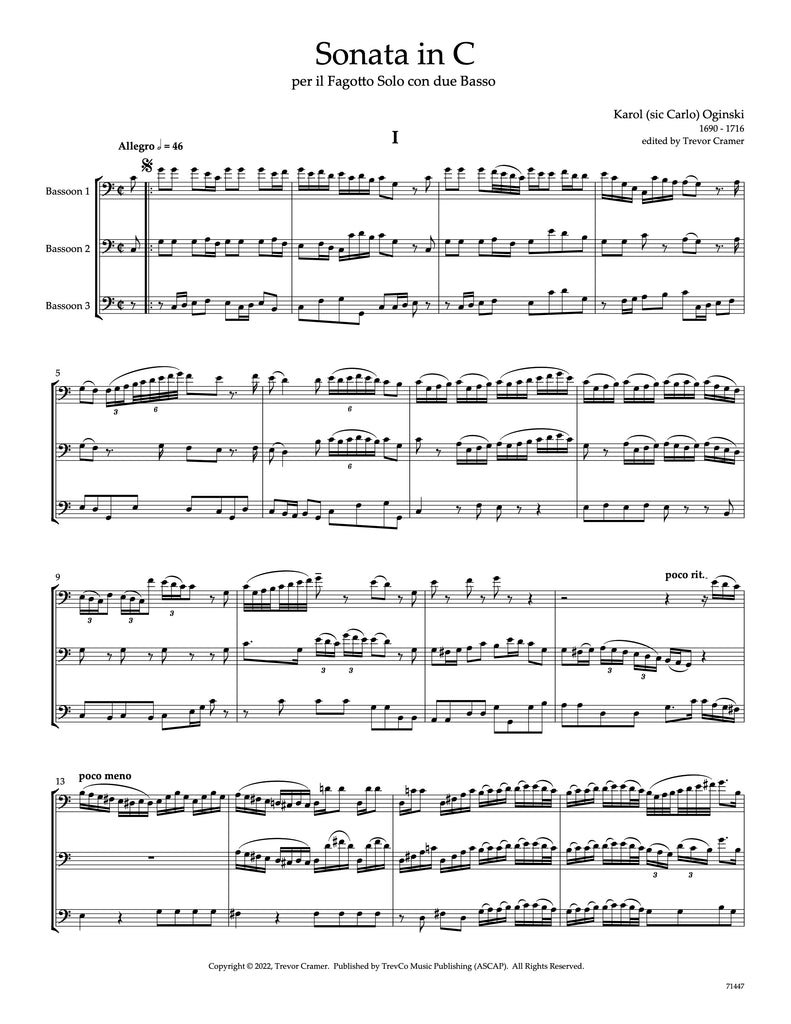
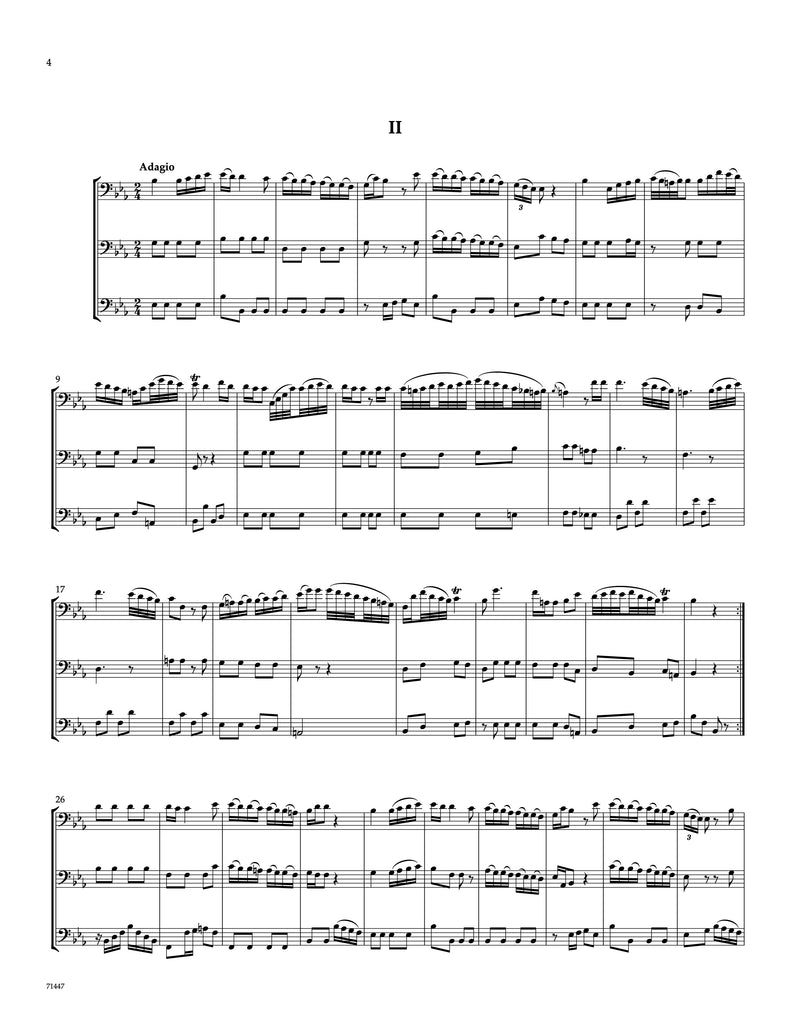
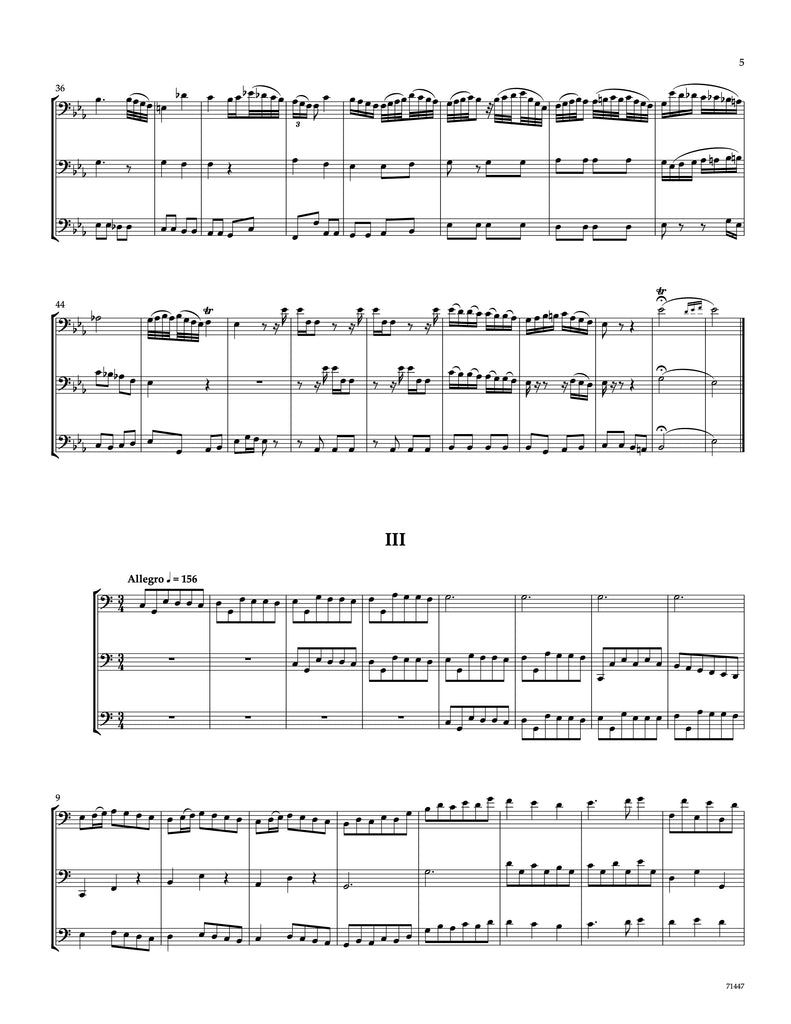
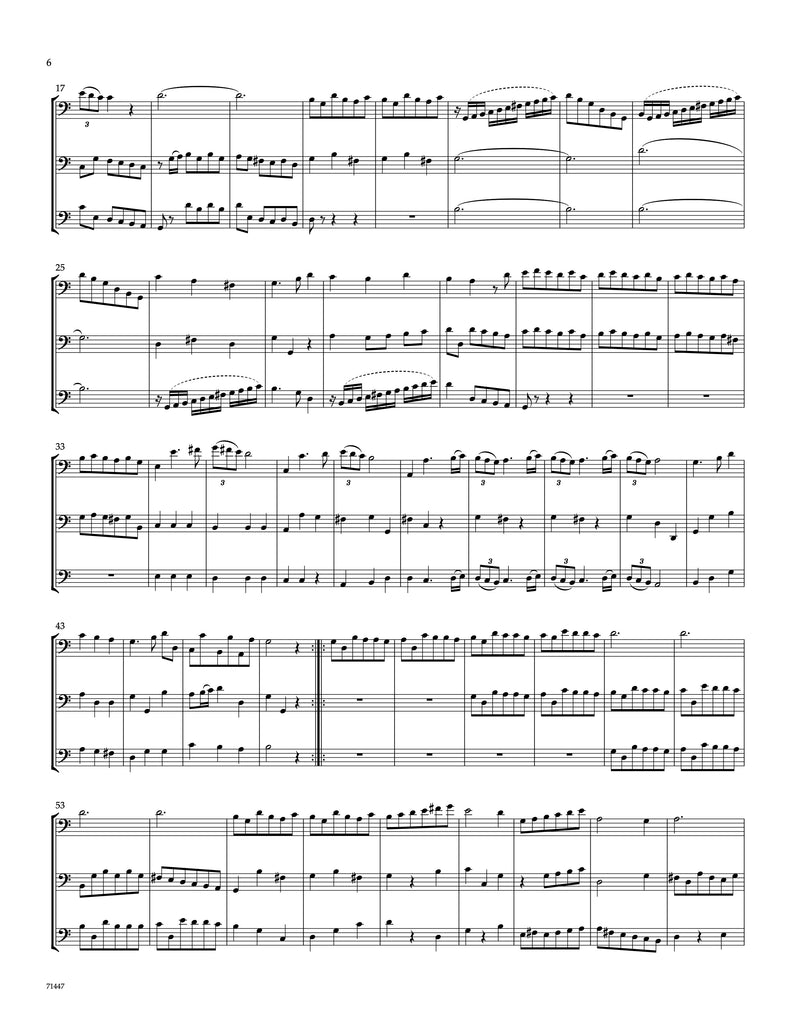
Share this item: